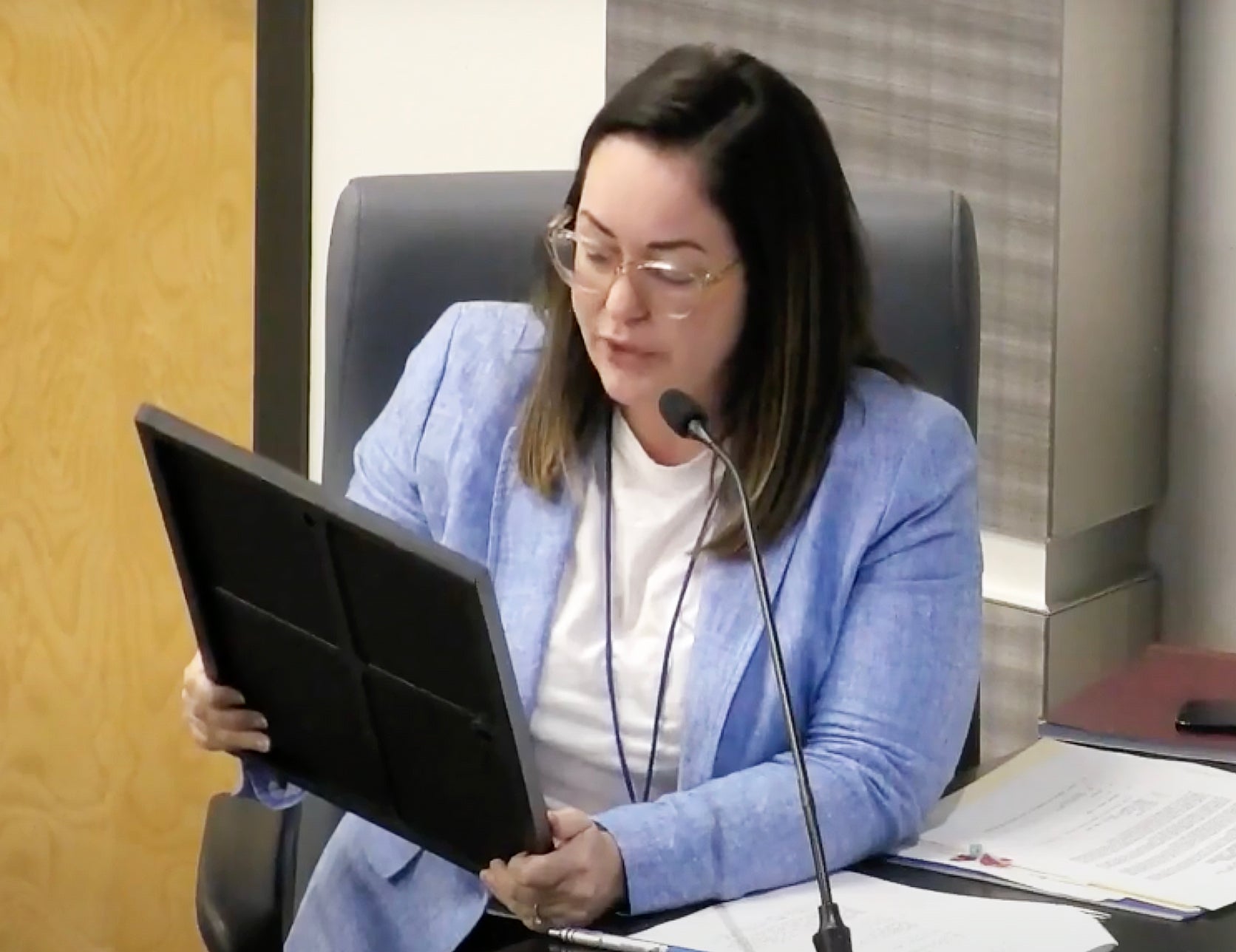Governor sets targets for reduced emissions
Published 7:39 am Saturday, August 29, 2020

- Gov. John Bel Edwards
|
Getting your Trinity Audio player ready...
|
BATON ROUGE — Louisiana Governor John Bel Edwards recently signed two executive orders laying out plans to reduce carbon emissions and improve coastal resilience.
“Governor Edwards’ executive orders mark critical commitments toward securing a better climate future for Louisiana and the great strides made in restoring its coast since Hurricane Katrina devastated the state 15 years ago,” said Sarah Greenberger, senior vice president of conservation policy at the National Audubon Society. “Not only will Louisiana adapt to a changing climate, it will also reduce its contributions to global carbon emissions while demonstrating leadership and possibility in a state that relies heavily on the oil and gas industry.”
The first executive order establishes the Climate Initiatives Task Force, which will develop recommendations for a strategy to reduce carbon by up to 28 percent by 2025, up to 50 percent by 2030 and achieve net-zero carbon emissions by 2050, meaning that any carbon that is released into the atmosphere will be canceled out through efforts like reforestation or carbon storage. The task force will bring a diverse group of stakeholders to the table to achieve a balanced approach to planning. The task force will be composed of state agency leaders, conservation and environmental justice advocates, industry representatives, academicsand members of indigenous communities.
The second executive order creates the position of chief resilience officer for the state and requires that all state agencies create similar resilience coordinators, responsible for incorporating resilience principles into their operations and strategic planning to protect the coasts from the effects of climate change. Resilience coordinators will also ensure that the operations and policies of their agencies are consistent with Louisiana’s Coastal Master Plan, and the identified adaptation strategies.
“From sea-level rise, to coastal land loss and stronger, more frequent storms, Louisiana’s birds and coastal communities are on the front lines of climate change,” said Brent Newman, policy director of Audubon Louisiana. “But our role as an energy state also gives us the opportunity to lead the nation in transitioning to a clean energy economy. Today’s actions are a decisive first step in creating the future we need for birds and people to thrive in Louisiana.”
A recent Audubon report found that unless the current rate of global temperature rise is slowed, 2/3 of North America’s birds will be vulnerable to extinction. Louisiana is one of the states most vulnerable to threats like flooding, hurricanes and sea-level rise. Particularly at risk are wetlands that support marshbirds, seabirds and waterfowl like the Mottled Duck, bottomland forest species like the Prothonotary Warbler and Wood Duck, and woodlands that are home to the Indigo Bunting.
Audubon’s mission is to conserve and restore natural ecosystems, focusing on birds, other wildlifeand their habitats for the benefit of humanity and the earth’s biological diversity. Audubon Louisiana works daily to engage, conserve, restore and protect important areas shared by birds and people. See more at LA.Audubon.org.





